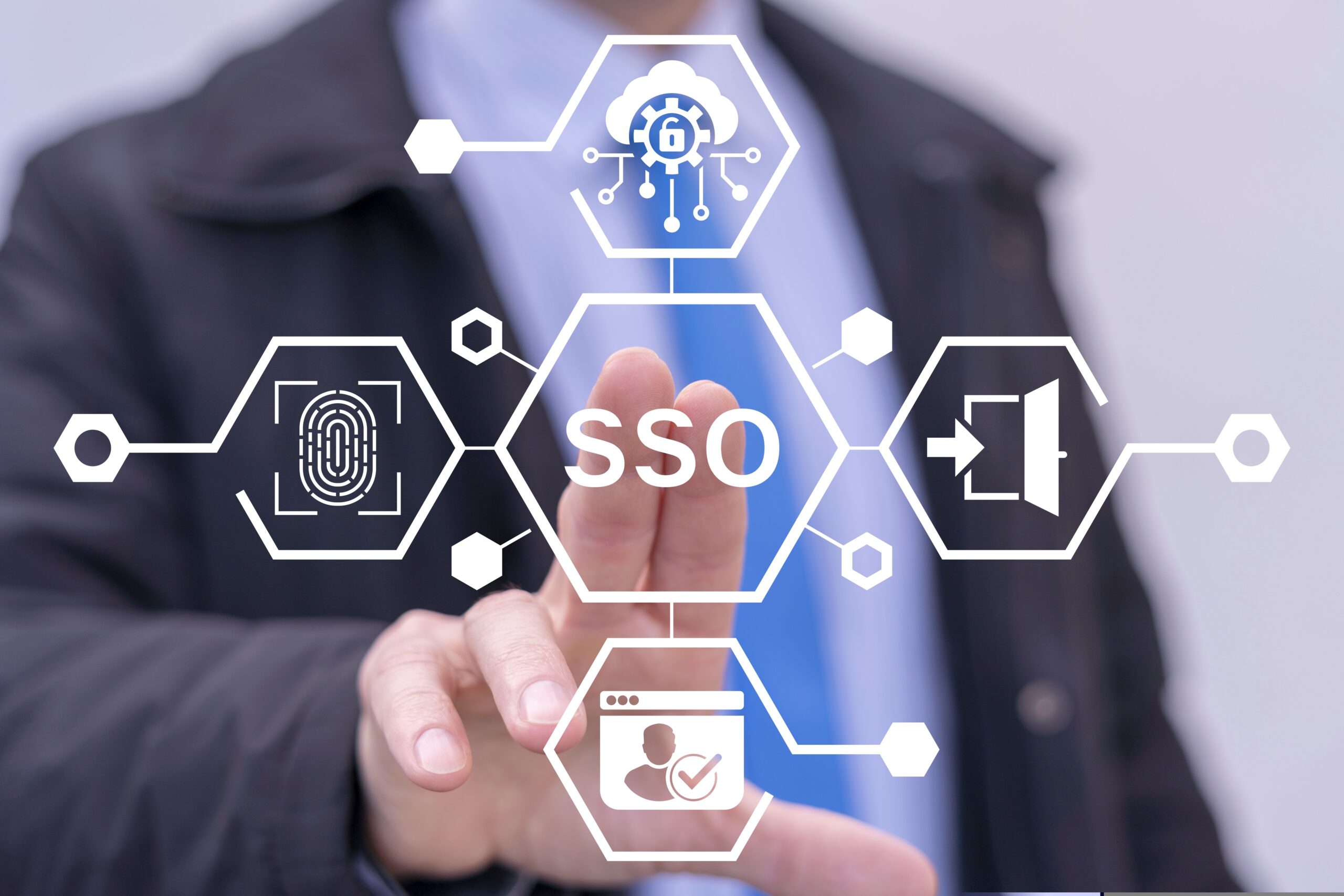As technology continues to advance, Environmental, Health, and Safety (EHS) professionals are presented with new opportunities to improve their work processes and enhance workplace safety. Software has become an invaluable aid for EHS professionals, offering practical solutions to streamline tasks, improve data management, facilitate training and communication, and ensure regulatory compliance. This first article of a two-part series exploring how EHS professionals can leverage software solutions to make their jobs more efficient, effective, and impactful will take an in-depth look at the applications to EHS responsibilities such as incident reporting and performing regular workplace safety inspections.
Software tools provide EHS professionals with the means to streamline their daily tasks and improve overall efficiency. For instance, incident reporting software allows professionals to digitally record and track incidents and near misses. This eliminates the need for paper-based forms, enhances data accuracy, and saves time. To illustrate this, many universities have a centralized EHS team that receives incident reports and all accompanying follow-up documentation from the various schools. A single incident can take several weeks to be fully resolved, and in the meantime, several other incidents may have been reported. It can take a long time for the EHS team member in charge of incident management to track down and review all the information for that one incident, even when using email applications (as opposed to paper-based systems). When the initial report and all follow-up communication can be reviewed in a moment on a single webpage, it expedites this process greatly.
EHS professionals can also employ software applications for inspections and audits, creating configurable digital checklists and automating the process of capturing and analyzing data. Using such checklists also assists institutions with the standardization of observations. When an organization has multiple inspectors, the same condition or hazard may be described in several different ways, leading to confusion when reviewing the reports. If a single checklist that allows for notations to be made for context is used when conducting inspections, the various inspectors’ identification of the same issue will be in agreement, and they can still provide their individual explanations by attaching comments or photos to that section. Also, such software provides real-time notifications and reminders, ensuring that inspections and audits are conducted promptly, and compliance gaps are addressed in a timely manner.
Software applications can also greatly assist EHS professionals when either incident reports or inspections necessitate action items as part of the follow-up. For example, consider the scenario where a worker got injured because there was a crack in the floor, creating a trip hazard. Reporting the incident is only one step in the incident management process. When the supervisor or worker uses an incident management module to report the incident, they can create a corrective action and attach a picture of the crack in the floor at the same time. If the module is connected by an external integration with the organization’s system used for maintenance issues, the corrective action can be used to expedite the creation of a work ticket to fix the floor. With the power of connectivity, configurable notifications (such as mandated electronic signatures), and automated reminders, taking an incident investigation or inspection from start to close is a much more streamlined process.
Efficient data management is crucial for effective EHS practices. As business practices are evolving, new challenges are arising for the field of EHS. To confirm the best ways for safety to advance alongside operations, information must be at the root of these decisions. Software applications offer EHS professionals robust data management capabilities, allowing them to collect, store, and analyze data in a centralized and structured system. By utilizing software tools, professionals can create comprehensive databases that house all key information, such as incident reports, inspection findings, and safety performance metrics. This centralized approach enhances data accessibility, accountability, and integrity.
AUTHOR BIO:-

Cary comes to the SafetyStratus team as the Vice President of Operations with almost 30 years of experience in several different industries. He began his career in the United States Navy’s nuclear power program. From there he transitioned into the public sector as an Environmental, Health & Safety Manager in the utility industry. After almost thirteen years, he transitioned into the construction sector as a Safety Director at a large, international construction company. Most recently he held the position of Manager of Professional Services at a safety software company, overseeing the customer success, implementation, and process consulting aspects of the services team.
At SafetyStratus, he is focused on helping achieve the company’s vision of “Saving lives and the environment by successfully integrating knowledgeable people, sustainable processes, and unparalleled technology”.



